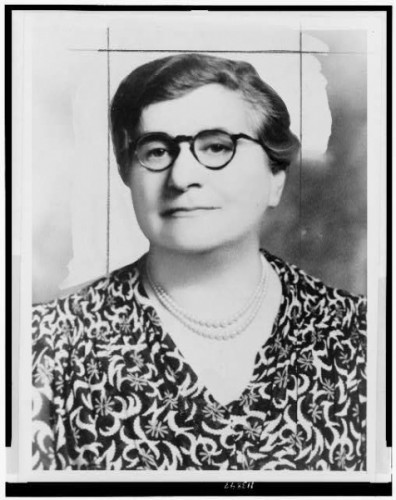Saturday morning, 15 December 1894, was cold, wet, and gloomy in Paris but that didn’t stop the small crowd of protesters who had come to the gates of Père Lachaise Cemetery to jeer at the procession. The object of their disdain was the old man who died eight days earlier at the age of eighty-nine. Despite the dignitaries and their eloquent speeches about the deceased, the protesters couldn’t and wouldn’t forgive Monsieur de Lesseps for being responsible for the loss of their life savings. M. de Lesseps was considered a national hero until his last act when his reputation was ultimately destroyed.
Did You Know?
This is the first of a series of blogs on men and women you’ve likely never heard of. I’ve run across many interesting people over the years of doing research for the blogs and the books. From time-to-time I will introduce you to some of them. They will all have two things in common: first, each of them is buried in a Paris cemetery and second, each will have led an extremely interesting life with interesting stories to tell you about. These are the characters who will be included in my future book, Where Did They Bury Jim Morrison, the Lizard King? A Walking Tour of Curious Paris Cemeteries. The people you and I visit may not be every day household names but they will entertain you.
So, what does M. de Lesseps share with P.T. Barnum? As you know, Mr. Barnum was a celebrated American showman, businessman, and politician. He was an effective speaker, persuasive in his arguments, did not give up in the face of absurd odds, and affected everyone he came in contact with. This pretty much sums up M. de Lesseps.
Let’s Meet Ferdinand de Lesseps
Ferdinand de Lesseps (1805−1894) was born into a family whose roots could be traced back to 14th-century Spain. His father was in the French diplomatic service in Italy (Napoléon made him a count). Ferdinand was educated in Paris and eventually entered the diplomatic corps. While serving in Alexandria Egypt, Ferdinand read a book about the Ancient Suez Canal which intrigued him enough to later propose building a modern version. By 1837, he had returned to France and married the daughter of the prosecuting attorney at the court of Angers (the capital of the important Middle Ages and Renaissance province of Anjou). The couple had five children of whom the eldest was Charles Théodore. Read More The French P. T. Barnum

